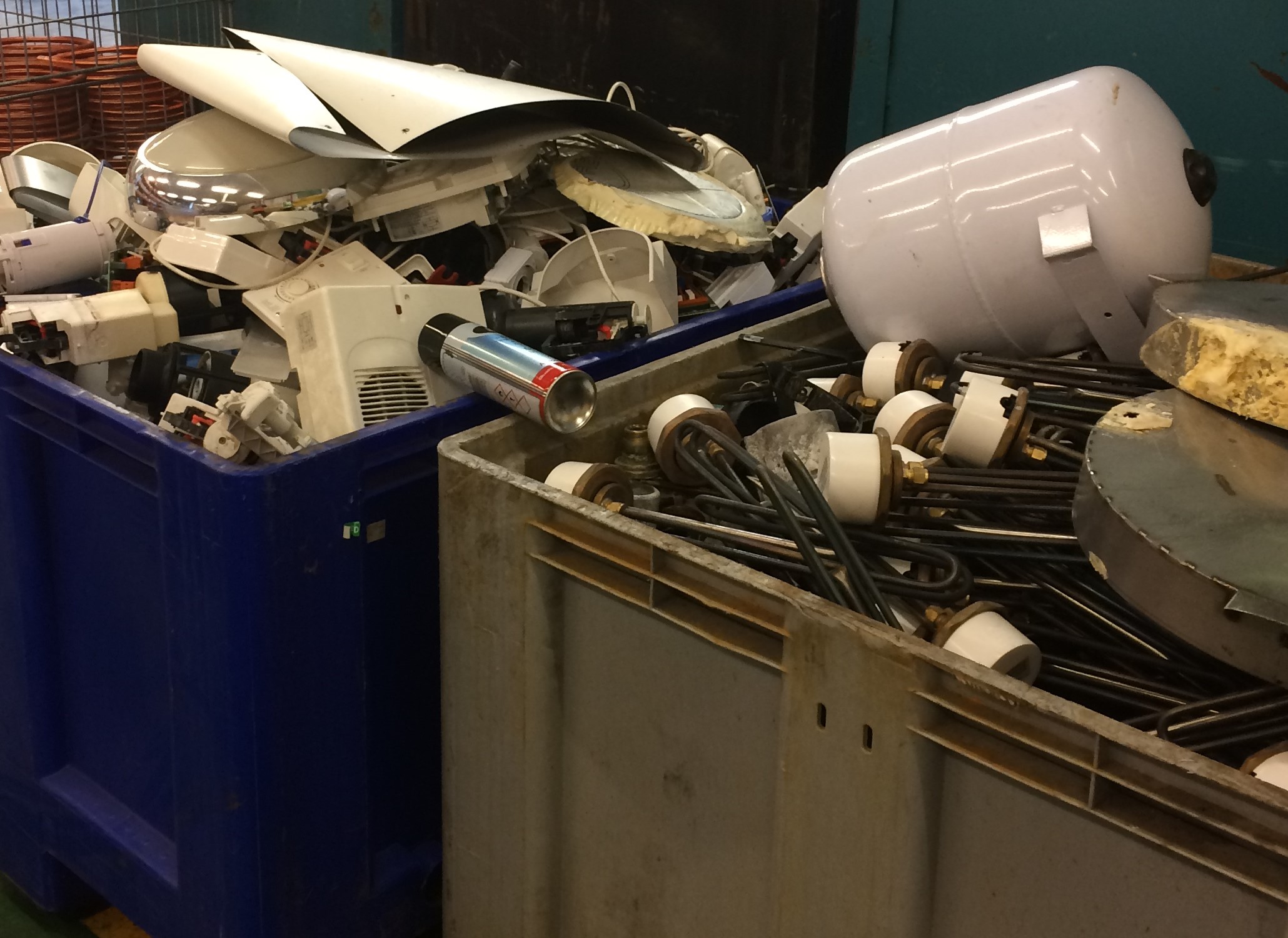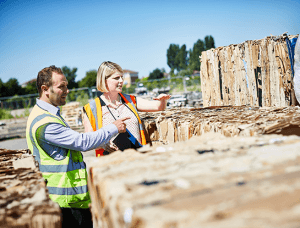The Environment Agency has recently updated their guidance on whether WEEE (waste electronic and electrical equipment) is a hazardous or non-hazardous waste stream. This is to take into account the fact that a lot of WEEE contains Persistent Organic Pollutants (POPs – don’t degrade in the environment, they instead bioaccumulate with potential adverse impacts on human and environmental health); and the revision in 2019 of the POP Regulations, now means almost all WEEE is classed as a hazardous waste.
POPs are most commonly found in printed circuit boards, cables and wiring, and plastic components. If the levels of POPs are over a certain amount the item will be classified as hazardous or POPs waste. If your WEEE is POPs waste you cannot reuse or recycle it, it must be removed from site as a hazardous waste stream. This means your waste contractor must now treat most WEEE, including printers, computer base units, LCD screens and cables, as hazardous unless it can be proved otherwise. Large domestic appliances, such as washing machines, tumble driers, dishwashers and cookers, are the only class of item to be considered non-hazardous.
Compliance with the changes is expected to be in place by the end of the summer and the EA will be writing to waste contractors regarding the updated guidance.
As a waste producer you will need to ensure you are using the correct EWC codes on Waste Consignment Notes. You need to include all relevant EWC codes if you place WEEE that would be assigned different codes in the same container. For more information on EWC codes click here. If you need any help with this, please get in touch.




